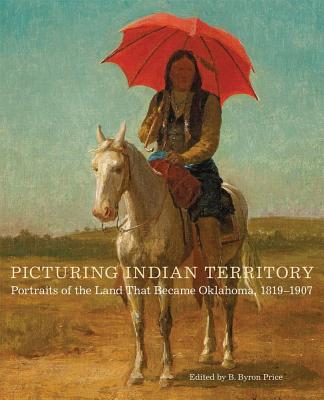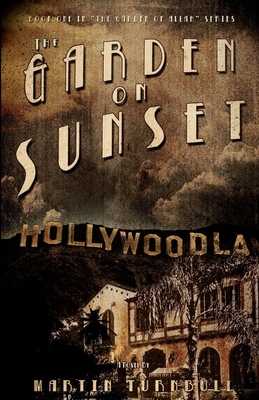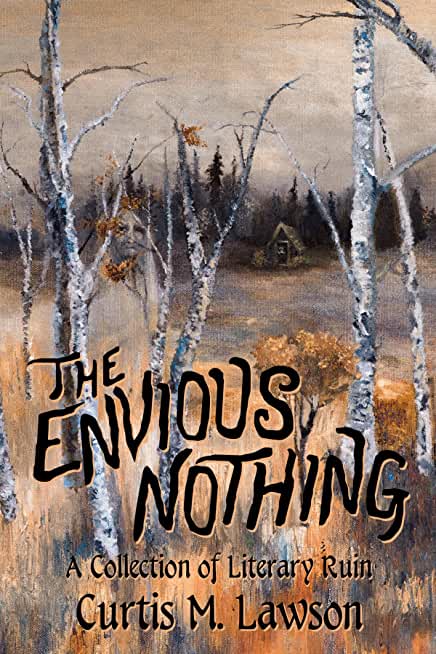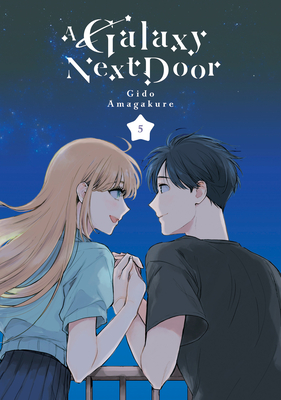
Price, B. Byron
product information
description
9
Throughout the nineteenth century, the land known as "Indian Territory" was populated by diverse cultures, troubled by shifting political boundaries, and transformed by historical events that were colorful, dramatic, and often tragic. Beyond its borders, most Americans visualized the area through the pictures produced by non-Native travelers, artists, and reporters--all with differing degrees of accuracy, vision, and skill. The images in Picturing Indian Territory, and the eponymous exhibit it accompanies, conjure a wildly varied vision of Indian Territory's past. Spanning nearly nine decades, these artworks range from the scientific illustrations found in English naturalist Thomas Nuttall's journal to the paintings of Frederic Remington, Henry Farny, and Charles Schreyvogel. The volume's three essays situate these works within the historical narratives of westward expansion, the creation of an "Indian Territory" separate from the rest of the United States, and Oklahoma's eventual statehood in 1907. James Peck focuses on artists who produced images of Native Americans living in this vast region during the pre-Civil War era. In his essay, B. Byron Price picks up the story at the advent of the Civil War and examines newspaper and magazine reports as well as the accounts of government functionaries and artist-travelers drawn to the region by the rapidly changing fortunes of the area's traditional Indian cultures in the wake of non-Indian settlement. Mark Andrew White then looks at the art and illustration resulting from the unrelenting efforts of outsiders who settled Indian and Oklahoma Territories in the decades before statehood. Some of the artworks featured in this volume have never before been displayed; some were produced by more than one artist; others are anonymous. Many were completed by illustrators on-site, as the events they depicted unfolded, while other artists relied on written accounts and vivid imaginations. Whatever their origin, these depictions of the people, places, and events of "Indian Country" defined the region for contemporary American and European audiences. Today they provide a rich visual record of a key era of western and Oklahoma history--and of the ways that art has defined this important cultural crossroads.
Throughout the nineteenth century, the land known as "Indian Territory" was populated by diverse cultures, troubled by shifting political boundaries, and transformed by historical events that were colorful, dramatic, and often tragic. Beyond its borders, most Americans visualized the area through the pictures produced by non-Native travelers, artists, and reporters--all with differing degrees of accuracy, vision, and skill. The images in Picturing Indian Territory, and the eponymous exhibit it accompanies, conjure a wildly varied vision of Indian Territory's past. Spanning nearly nine decades, these artworks range from the scientific illustrations found in English naturalist Thomas Nuttall's journal to the paintings of Frederic Remington, Henry Farny, and Charles Schreyvogel. The volume's three essays situate these works within the historical narratives of westward expansion, the creation of an "Indian Territory" separate from the rest of the United States, and Oklahoma's eventual statehood in 1907. James Peck focuses on artists who produced images of Native Americans living in this vast region during the pre-Civil War era. In his essay, B. Byron Price picks up the story at the advent of the Civil War and examines newspaper and magazine reports as well as the accounts of government functionaries and artist-travelers drawn to the region by the rapidly changing fortunes of the area's traditional Indian cultures in the wake of non-Indian settlement. Mark Andrew White then looks at the art and illustration resulting from the unrelenting efforts of outsiders who settled Indian and Oklahoma Territories in the decades before statehood. Some of the artworks featured in this volume have never before been displayed; some were produced by more than one artist; others are anonymous. Many were completed by illustrators on-site, as the events they depicted unfolded, while other artists relied on written accounts and vivid imaginations. Whatever their origin, these depictions of the people, places, and events of "Indian Country" defined the region for contemporary American and European audiences. Today they provide a rich visual record of a key era of western and Oklahoma history--and of the ways that art has defined this important cultural crossroads.
member goods
No member items were found under this heading.
Return Policy
All sales are final
Shipping
No special shipping considerations available.
Shipping fees determined at checkout.







